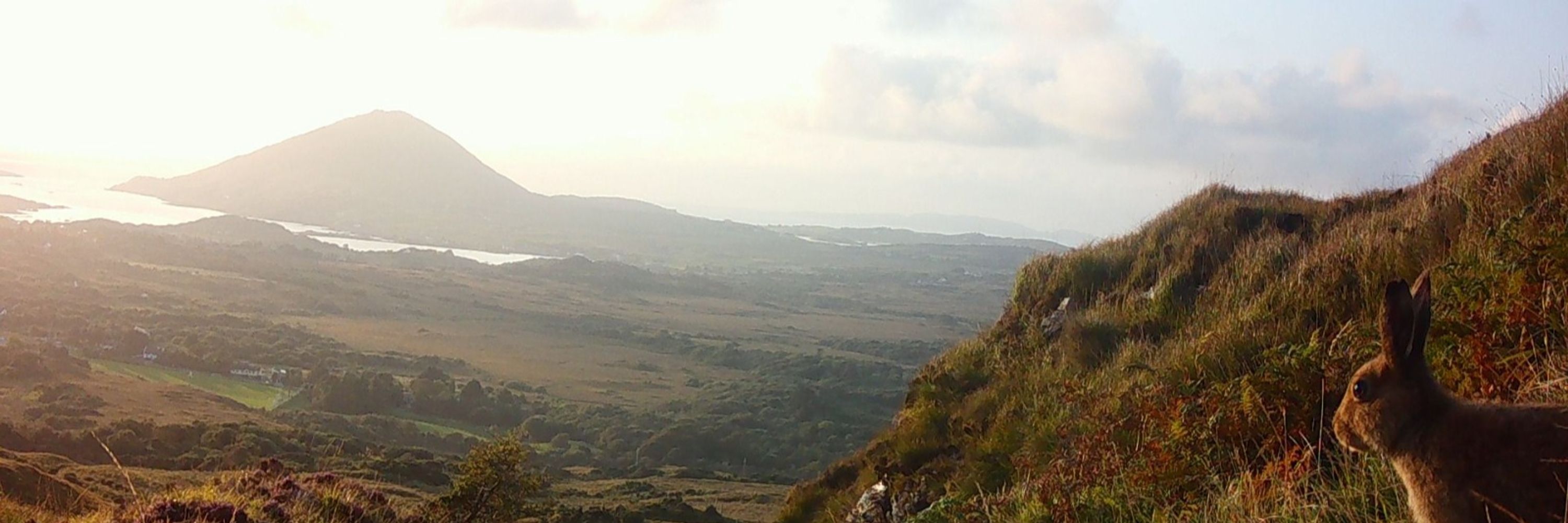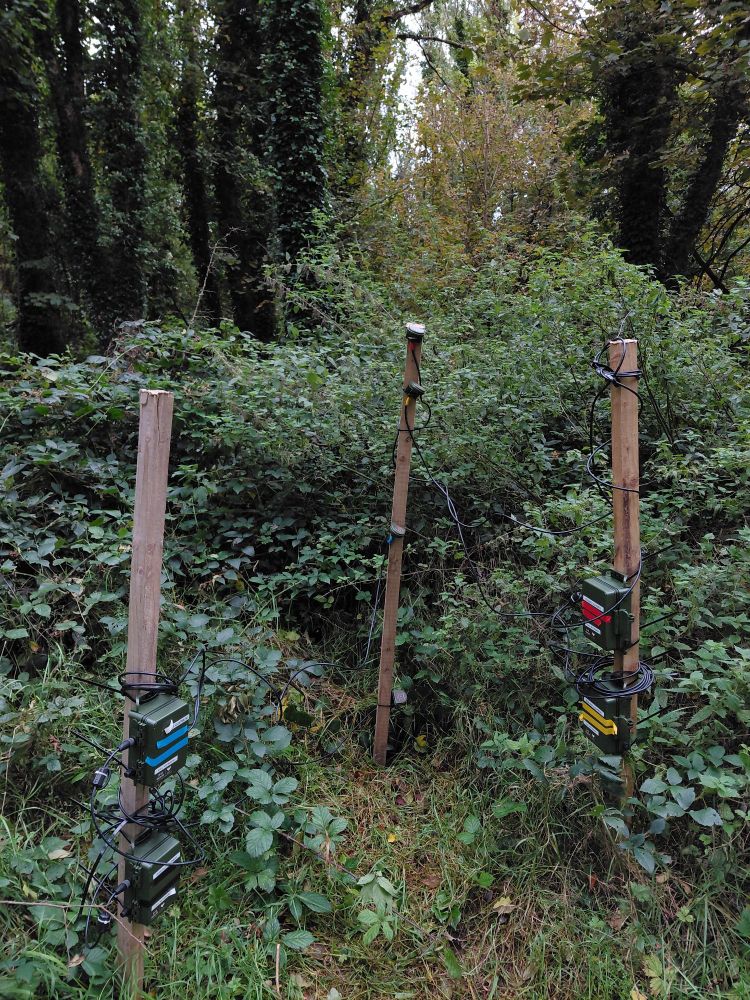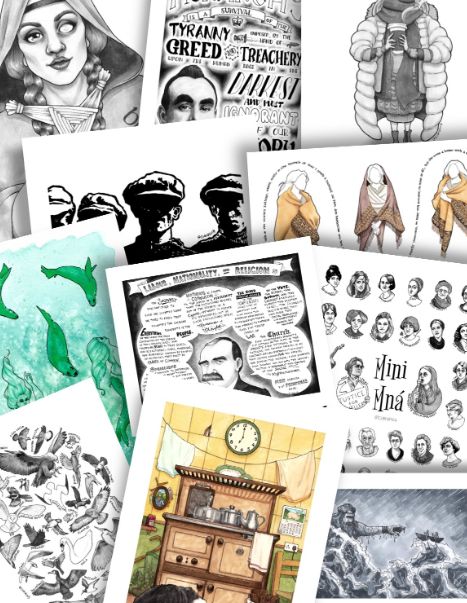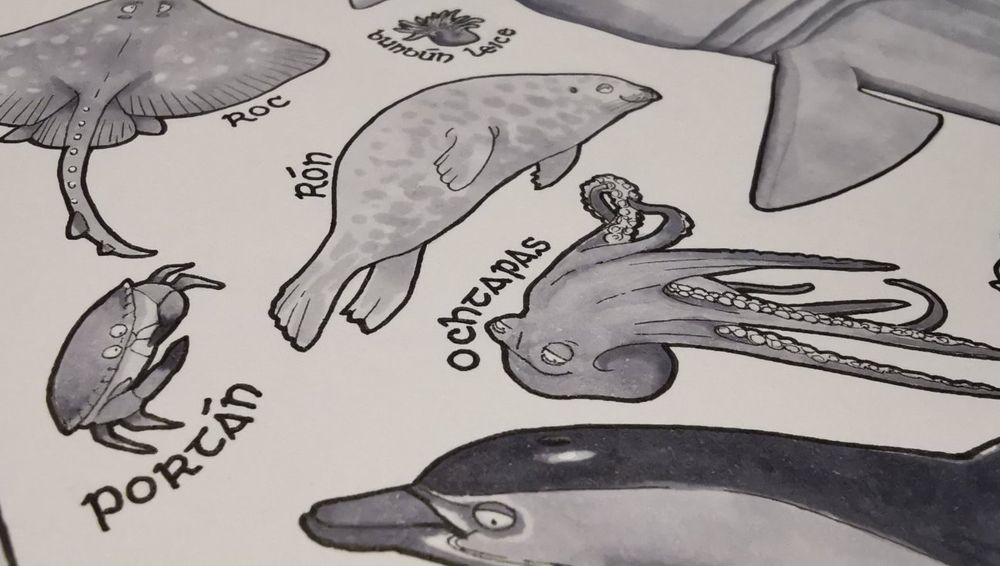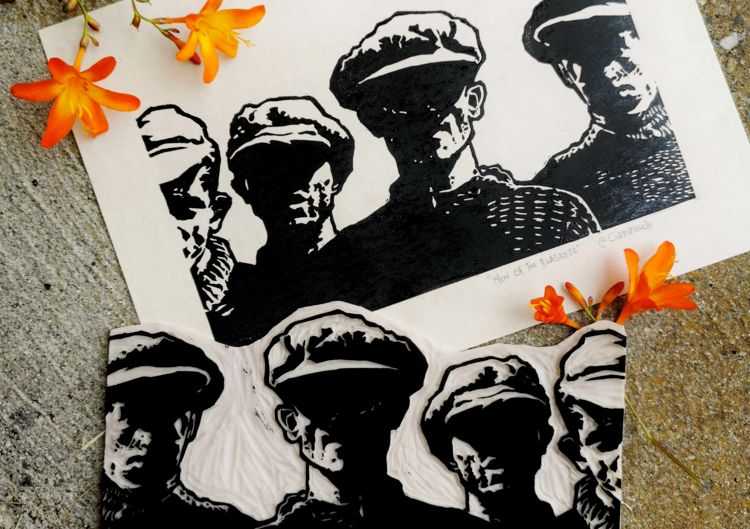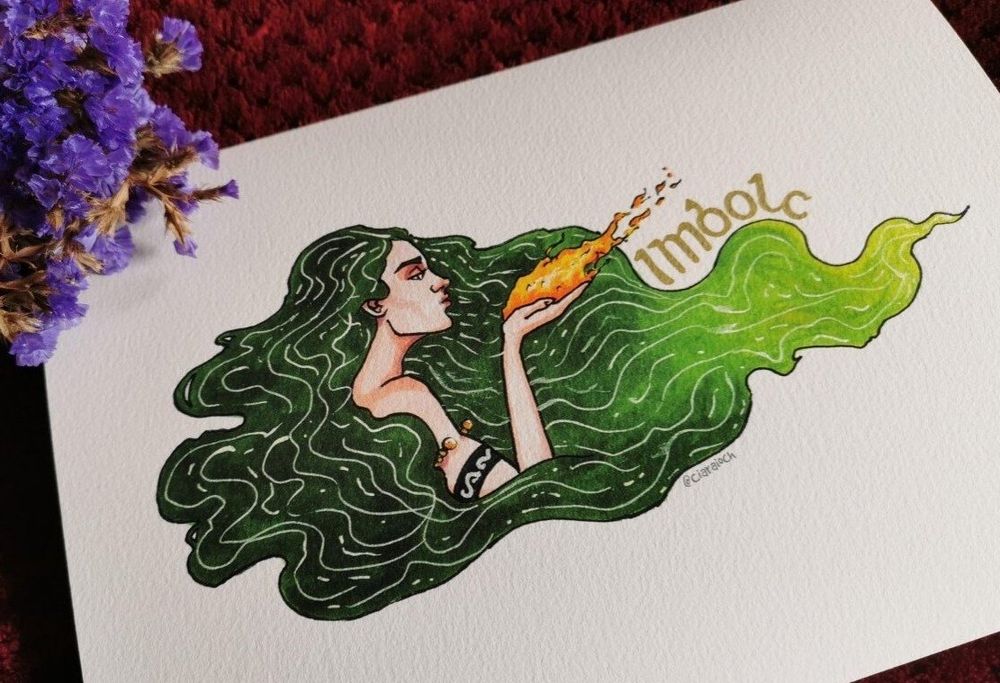David Smyth 🦇🌳
@david-smyth-eco.bsky.social
1K followers
680 following
170 posts
Research Ireland PhD Student
Lesser Horseshoe Bat Conservation using Bioacoustics, DNA Metabarcoding & Habitat Analysis 🦇
ATU Galway 📍
Interested in Landscape Ecology, IAS, wild woodlands, rewilding, camera traps and bioacoustics
Views my own
He/Him
Posts
Media
Videos
Starter Packs
Pinned
Reposted by David Smyth 🦇🌳
Reposted by David Smyth 🦇🌳
Reposted by David Smyth 🦇🌳
